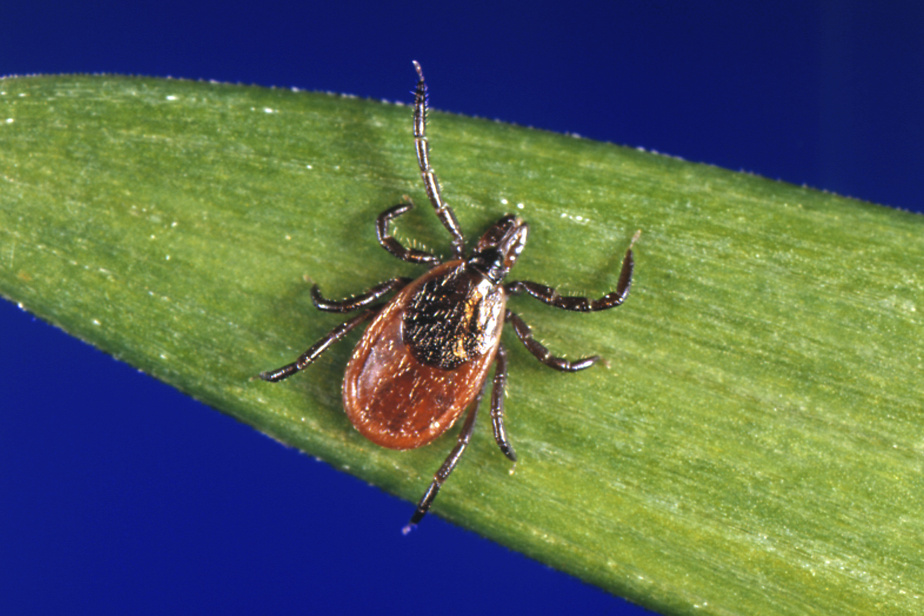(Montreal) Lyme disease resumed its progression in Quebec in 2021, after a drop in the number of cases observed in 2020.
The most recent data released earlier this week by the National Institute of Public Health (INSPQ) indicates that 709 cases of Lyme disease had been reported to public health authorities as of April 6, 2022, including 650 confirmed or probable cases. acquired in Quebec. The incidence rate of the disease in 2021 was 1.7 times higher than in 2019, the year with the second highest incidence rate.
In 2021, among the 650 cases of Lyme disease acquired in Quebec, Estrie was again the most affected health region (RSS). With 452 cases, the region reported nearly 70% of all cases in Quebec. Authorities have listed 124 cases in Montérégie.
Each of the other health regions, even that of Montreal, reported less than 20.
The age group most affected by Lyme disease in Quebec in 2021 was those aged 60 to 69, followed by 50 to 59, 40 to 49 and 70 to 79.
Lyme disease is transmitted by the bite of a tick carrying bacteria. It can also affect animals.
In humans, the most common symptom of the disease is redness on the skin. Many sufferers experience fatigue, fever and body aches, but if the disease is not detected and treated quickly, the bacteria can disperse in the blood and cause other, much more bothersome symptoms.
According to the Government of Quebec, the fact that the winters are less cold than before could partly explain the progression of the disease. The warmer climate would allow ticks to survive and develop more easily.
In Quebec, Lyme disease has been a reportable disease since 2003, which means that doctors and laboratory managers who detect a case must inform public health authorities.
